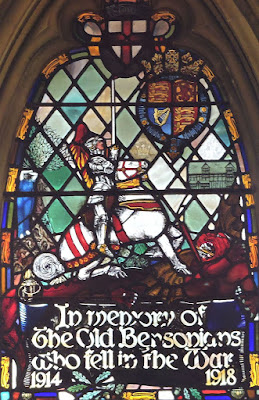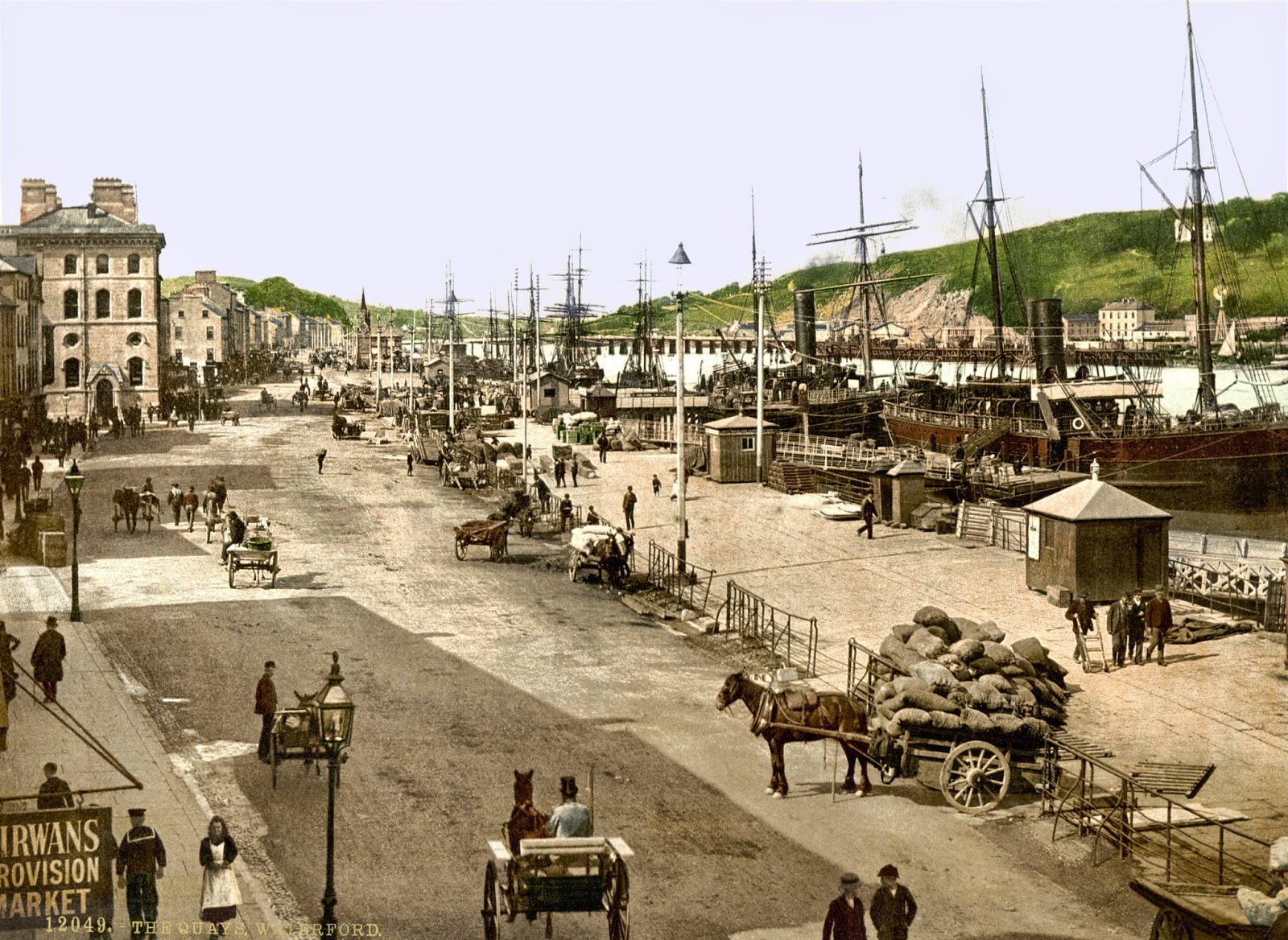 Today being Remembrance Sunday, it seems appropriate to remember those members of the Benson Company who fought during The Great War of 1914 -18. Those members of the company who lost their lives are commemorated in a window which can be seen in the Gallery Swan of the Royal Shakespeare Theatre. Unveiled by Dame Ellen Terry in 1925, it shows St George defeating the dragon. St George is the likeness of Eric Benson, the only son of Frank and Constance, who was killed in action at the Somme in September 1916. Winchester College's website contains more details of his war service, military honours and death: http://www.winchestercollegeatwar.com/archive/eric-william-benson/
Today being Remembrance Sunday, it seems appropriate to remember those members of the Benson Company who fought during The Great War of 1914 -18. Those members of the company who lost their lives are commemorated in a window which can be seen in the Gallery Swan of the Royal Shakespeare Theatre. Unveiled by Dame Ellen Terry in 1925, it shows St George defeating the dragon. St George is the likeness of Eric Benson, the only son of Frank and Constance, who was killed in action at the Somme in September 1916. Winchester College's website contains more details of his war service, military honours and death: http://www.winchestercollegeatwar.com/archive/eric-william-benson/ |
| Lt-Col Eric William Benson |
The BATH CHRONICLE AND WEEKLY GAZETTE of June 3rd 1916 reported that Sir Frank Benson, the Shakespearian actor, and Lady Benson are going to Salonika to help in the work of one of the Serbian Army hospitals. They hope to start in about three weeks. "The opportunity of going out presented itself," he said, "and we naturally jumped at it. So many actors have thrown up everything and gone to the front that we felt we ought to do what we could...I do not say that every one on the stage ought to go to the front, for I think that the theatres at home are doing real war work in keeping the nation in good spirits, and the work of actors and actresses in cheering the wounded has, I believe, been of great service. "There is, of course, a difficulty in obtaining men for Shakespearian plays, for you need young, vigorous men for Shakespeare - just the kind you need for the Army. About a dozen of my younger men have gone to the Army during the past year. The stage has already given a great proportion of its men to the Army, and others are working in munition factories and showing skill and ability... I do not advocate closing theatres, but when a man gets a call to go he has to answer it, and that is why I am off." Sir Frank Benson's absence will mean the suspension of his company's Shakespearean tours until next spring.

In 1917 Sir Frank and Lady Benson ran canteens in
France for the French Red Cross. They returned to England in June 1917 and recommenced
touring , but returned again to France in 1918, Frank driving an ambulance and Constance
serving in the British base at Etaples. Sir Frank was awarded the French Croix
de Guerre.















.jpg)








